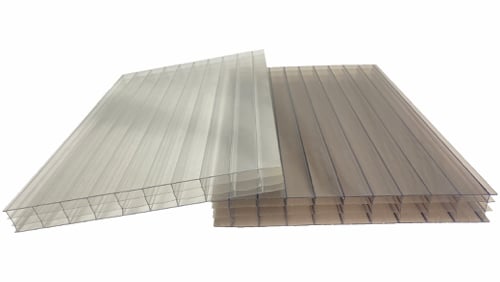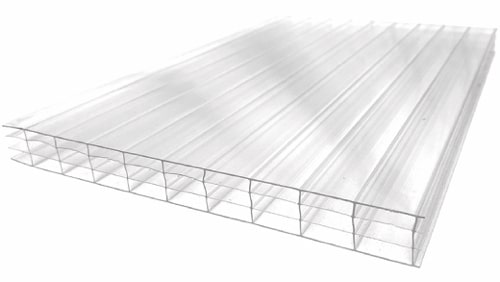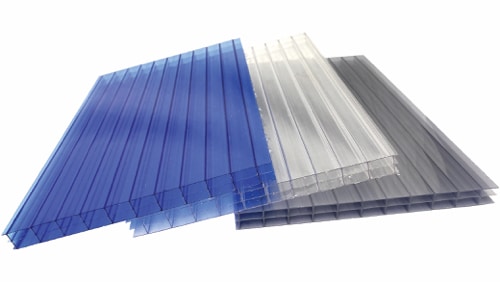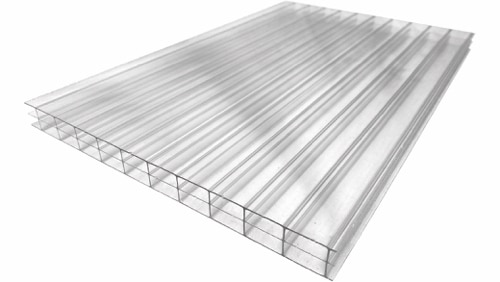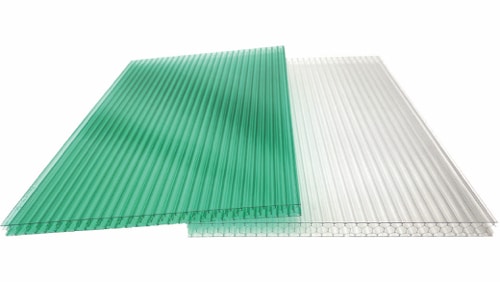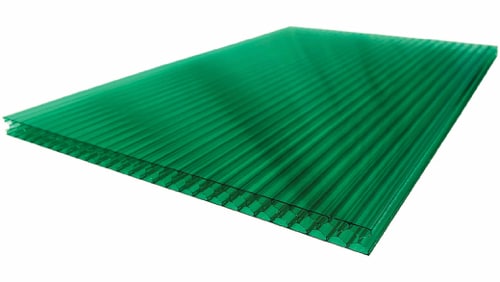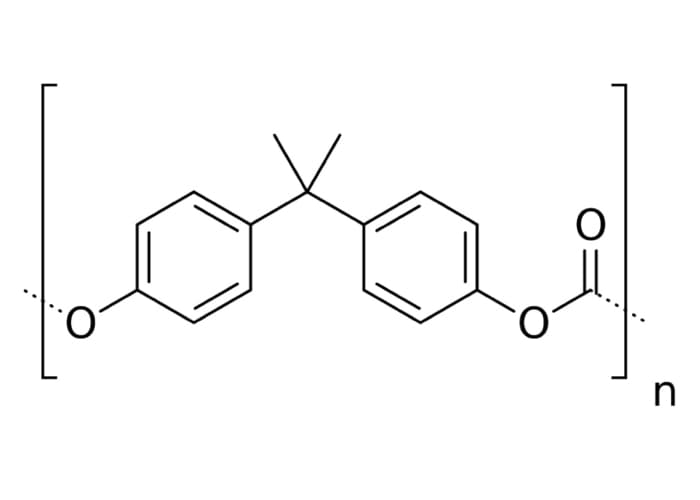What is polycarbonate? Polycarbonate is a group of thermoplastic polymers made by the condensation of carbonic acid and Bisphenol A (BPA).
Is polycarbonate a plastic? Yes. It is also known as one of the most transparent of plastics, with an 85%~88% visible light transmission rate on clear sheets, comparable to clear float glass which is rated at 75%~92%.
Polycarbonate sheets combine a plethora of amazing mechanical and thermal properties which we are going to name a few in this article.
What is Polycarbonate and is Polycarbonate a plastic?
Not only is polycarbonate a plastic, but it is also known as one of the most transparent of plastics, with an 85%~88% visible-light transmission rate on clear sheets, comparable to clear float glass which is rated at 75%~92%.
It was only in the middle of the 20th century, around 1953, that Polycarbonate was concurrently discovered by GE (US) and Bayer (DE) went by the trade name Lexan® and Makrolon® respectively.
While the majority of plastic materials will become translucent or even opaque after a bit of coloring, polycarbonate can be engineered to maintain visible light transparency or become opaque, while still retaining its original physical properties, making it an excellent skylight material choice, for example.
Which leads to the next question: Is polycarbonate a plastic?
Scientifically speaking, Polycarbonate is a group of thermoplastic polymers produced by the reaction of Bisphenol A (BPA) and Phosgene (COCl2). It combines a plethora of amazing mechanical and thermal properties which we are going to name a few.
| Physical properties | |
| Density (ρ) | 1.20–1.22 g/cm3 |
| Abbe number (V) | 34.0 |
| Refractive index (n) | 1.584–1.586 |
| Flammability | V0-V2 |
| Limiting oxygen index | 25–27% |
| Water absorption — Equilibrium (ASTM) | 0.16–0.35% |
| Water absorption — over 24 hours | 0.1% |
| Radiation resistance | Fair |
| Ultraviolet (1–380 nm)resistance | Fair |
| Mechanical properties | |
| Young’s modulus (E) | 2.0–2.4 GPa |
| Tensile strength (σt) | 55–75 MPa |
| Elongation (ε) at break | 80–150% |
| Compressive strength (σc) | >80 MPa |
| Poisson’s ratio (ν) | 0.37 |
| Hardness—Rockwell | M70 |
| Izod impact strength | 600–850 J/m |
| Notch test | 20–35 kJ/m2 |
| Abrasive resistance ASTM D1044 | 10–15 mg/1000 cycles |
| Coefficient of friction (μ) | 0.31 |
| Speed of sound | 2270 m/s |
| Thermal properties | |
| Glass transition temperature (Tg) | 147 °C (297 °F) |
| Heat deflection temperature | 0.45 MPa: 140 °C (284 °F) 1.8 MPa: 128–138 °C (262–280 °F) |
| Vicat softening point at 50 N | 145–150 °C (293–302 °F) |
| Upper working temperature | 115–130 °C (239–266 °F) |
| Lower working temperature | −40 °C (−40 °F) |
| Thermal conductivity (k) at 23 °C | 0.19–0.22 W/(m·K) |
| Thermal diffusivity (a) at 25 °C | 0.144 mm²/s |
| Linear thermal expansion coefficient (α) | 65–70 × 10−6/K |
| Specific heat capacity (c) | 1.2–1.3 kJ/(kg·K) |
| Chemical resistance | |
| Acids—concentrated | Poor |
| Acids—dilute | Good |
| Alcohols | Good |
| Alkalis | Good-poor |
| Aromatic hydrocarbons | Poor |
| Greases and oils | Good-fair |
| Halogenated hydrocarbons | Good-poor |
| Halogens | Poor |
| Ketones | Poor |
Main Characteristics and Properties of Polycarbonate.
Owing to its properties, polycarbonate is considered a very durable material, which is most often compared with PMMA, or acrylic; though polycarbonate is stronger, will not shatter, and holds up to longer extreme temperatures, while still retaining its clarity, with better light transmission rates than many kinds of glass.
Polycarbonate is also capable of undergoing large deformations, brake bending, and forming processes at room temperature without cracking or breaking. Depending on thickness, it can also be bent to sharp angles or tight radiuses without the need of heating.
Its lighter weight (1/3 of acrylic and 1/6 of glass) and versatility makes it easy to handle and install, and its shatterproof qualities make it the material of choice for covering areas such as pedestrian walkways or skylights where safety is of priority.
Extremely high impact resistance
Nearly unbreakable, VULCAN PC sheets have 250 times the impact strength over glass and 10 times over FRP and Acrylic, which lowers the risk of breakage even when subjected to violent blows from heavy objects.
High resistance to climatic change
Using UV-absorbing agents (benzotriazoles) as surface coating, VULCAN PC sheets are protected against loss of clarity due to the yellowing caused by extreme heat and sunlight. VULCAN Polycarbonate sheets use only Avient CESA Light UV and Light Stabilizers; which absorbs 99.5% of harmful UV wavelengths between 290~400nm.
Design Flexibility
VULCAN polycarbonate sheets can be tailored to provide optimal light transmission (ranging from 20% to 88%) enabling the designer to create interesting solutions for naturally lit interiors. Our sheets can also be cold or thermoformed to the desired shape and spec.
Fire Retardant
One of the key characteristics of this high polymer is its excellent resistance to flame and stability in heat, making it a suitable choice in dry, heated areas, and is also a good choice for household and industrial glazing.
Chemical Resistance
Polycarbonate exhibits good chemical resistance against diluted acids, aliphatic hydrocarbons and alcohols; moderate chemical resistance against oils and greases. PC is readily attacked by diluted alkalis, aromatic and halogenated hydrocarbons.
Energy Saving
VULCAN polycarbonate sheets can be produced with a wide range of propriety materials that has better thermal insulation properties than other light-transmitting glazing materials such as Perspex/PMMA, Acrylic, FRP and Glass, thus making PC the first choice for energy efficient light-transmitting constructions. These properties lead to tremendous energy savings (by reducing the load on air conditioning), resulting in huge cost savings (in terms of Initial capital – lower tonnage and required & recurring cost – owing to the lower power consumption).
Ease of handling and installation
The light weight of VULCAN PC sheets makes them easy to handle and can be cut to fit at site with minimum tooling. Lighter weight also eliminates the need for heavy support structures, meaning reduced cost.
Where can Polycarbonate be used?
Now that we have a learned what polycarbonate is, it is time to know where polycarbonate can be used.
Polycarbonate, normally called PC for short, and not to be mistaken for Printed Circuit Boards (PCB), can be used in commercial, industrial, automotive, agriculture, and medical industries to name a few. From plastic lenses on our glasses, automotive components, protective gear, greenhouses, roofing skylights to interior decoration, polycarbonate products are everywhere in our daily lives.
Due to the versatility of polycarbonate and the variety of products it is used on, and how it can be used in combination with other plastic products, it is often overlooked and understated. Below is a small list of applications but in quite a huge variety to demonstrate the capabilities of polycarbonate plastic.
- Sound barriers
- Roofing Skylights
- Polycarbonate Domes
- Eyeglasses
- Eyeglass frames
- Partition Panels (think COVID-19)
- Vehicle headlights
- Baby car seats
- Windows
- Facades
- Bullet resistant laminated glass
- Fighter jet bubble canopies
- Mobile phone screens
- Mobile phone and computer cases
- Luggage
- Machinery guards
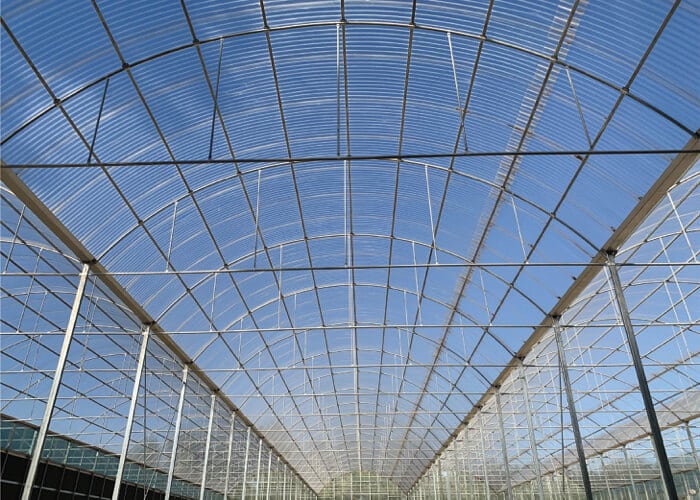
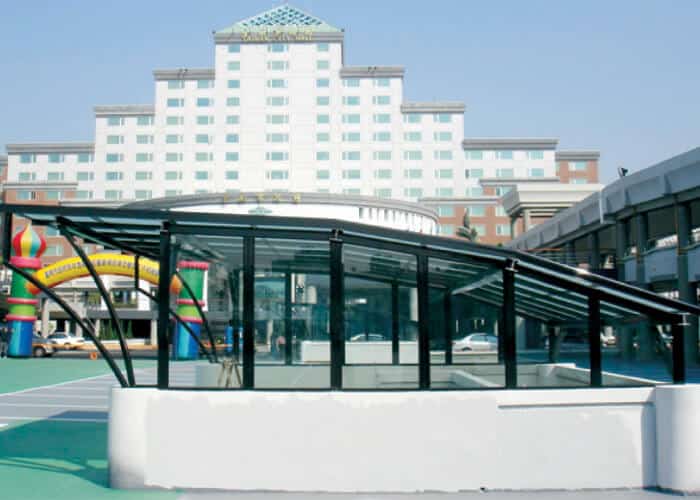
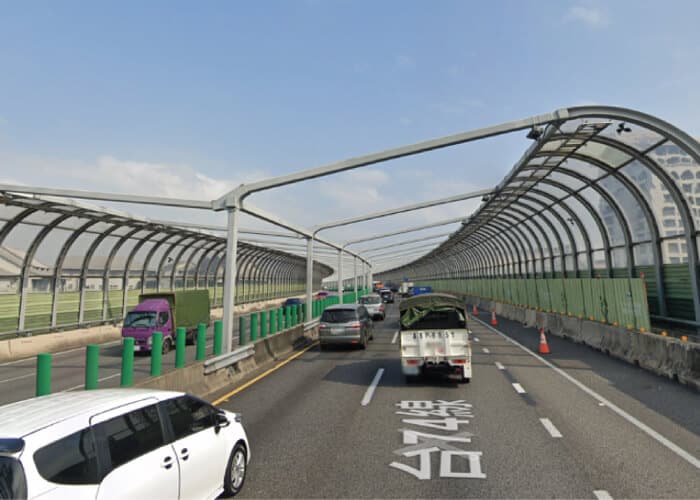
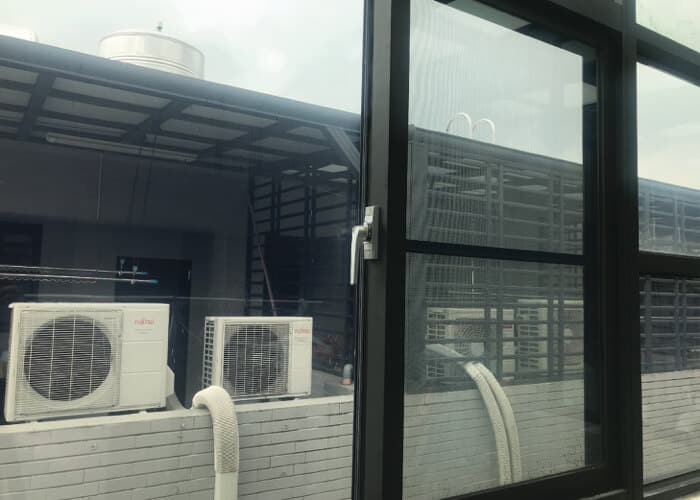
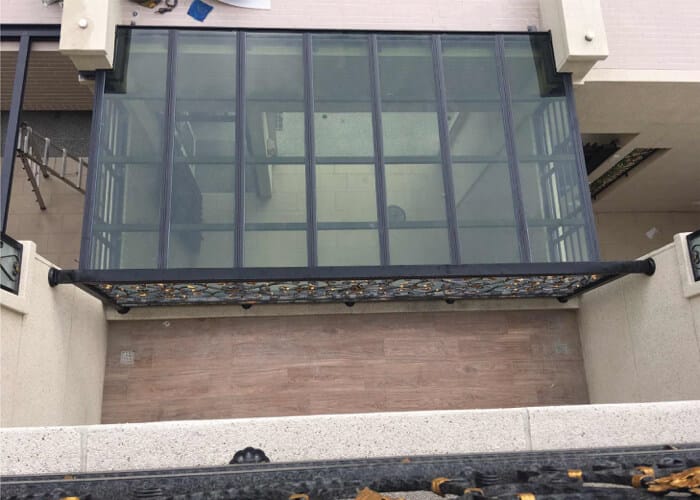
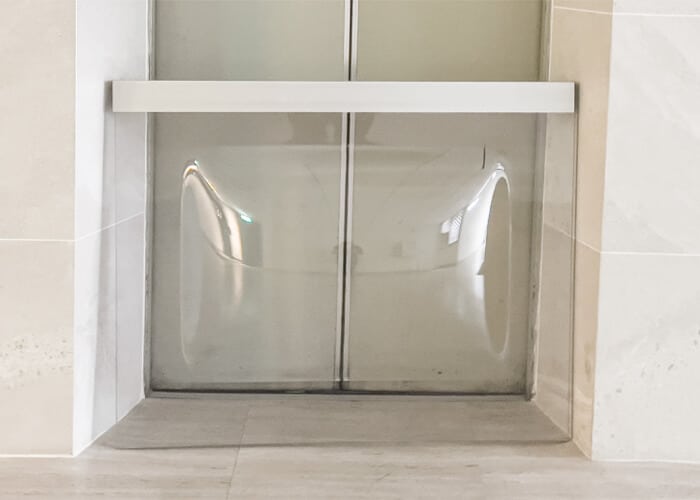
Recommend reading:
Polycarbonate Sheets Raw Material
Cleaning Polycarbonate Roofing sheets, Handling, and Storage

